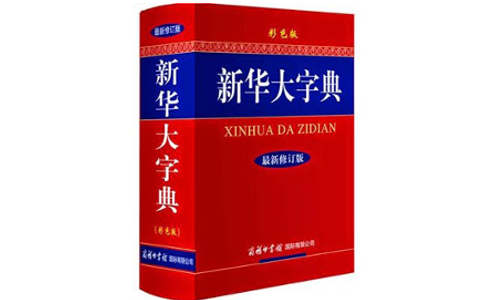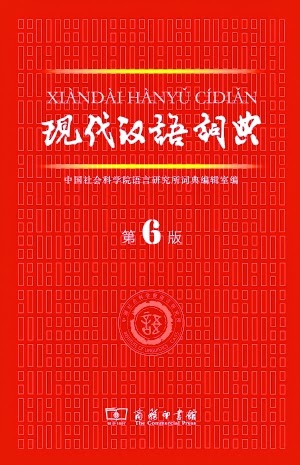Even though Skritter is mainly a language learning tool and not a dictionary, we still run into the same problems that dictionary editors and compilers do. There might be many different ways of writing, pronouncing or defining a word, but to make the learning simpler for you, we need to choose one.
Here are the standard references we will use:
- 现代汉语词典 – For most character and word references, including pronunciation. This is the major reference work that most native speakers use when preparing for exams or when determining what is “correct”.
- The Outlier Dictionary of Chinese Characters – For character analysis, including glyph origins and component analysis. This doesn’t mean we follow their analysis all the time (Skritter is a learning tool, not a dictionary), but we base our decisions on Outlier’s analysis whenever available.
- 现代汉语通用字笔顺规范 – For correct stroke order of simplified characters (for traditional, see below). If anyone knows of a digital version of this, please let us know!
- 國語辭典 – For traditional character references. This dictionary is available online and is published by Taiwan’s Ministry of Education.
The reason why
Now let’s look at our reasoning for choosing some references over others. Why not use all available data? Why not trust what “people actually say”? In essence, there are two approaches one can take when compiling a dictionary (again, Skritter isn’t a dictionary, but the same applies to Skritter):
- A descriptive approach strives to describe the language as it is used. It doesn’t matter what someone thinks is correct or what textbooks say, if native speakers use a certain form, it’s part of the language and ought to be described that way. Correctness, in this case, is a majority vote cast by all native speakers.
- A prescriptive approach strives to prescribe how the language ought to be used. This can be done on a number of different grounds, such as historical (etymology) or communicative (writing in this way decreases the risk of communication problems).
Even though I personally prefer a descriptive approach, there are numerous reasons Skritter can’t be a reflection of how Chinese is actually used. First, including multiple versions of all the vocabulary would be very confusing for students. Second, keeping everything updated would require massive amounts of work, something we could never hope to do well. Skritter isn’t meant to be a perfect map for how Chinese is spoken or written, it’s meant to be a tool to help you learn. Again, Skritter isn’t a dictionary.
With that in mind, using more authoritative sources has two advantages. First, by using an absolute standard, students know that what they learn is officially sanctioned and should be fine on exams and proficiency tests. Second, by using an absolute reference, the task of keeping Skritter up-to-date becomes manageable. We no longer need to argue if 小姐 should be written xiao3jie5 or xiao3jie3 (it should be xiao3jie3) and so on.
Going forward
We’re fully aware that our current approach is not perfect. For instance, we’re currently using Mainland references for pronunciation, which isn’t optimal for students in Taiwan. We’re working on addressing these issues! Still, it should be noted that this post doesn’t change anything in this regard, we’ve always used Mainland references for pronunciation, the only difference is that now we’ll do it consistently and systematically.



